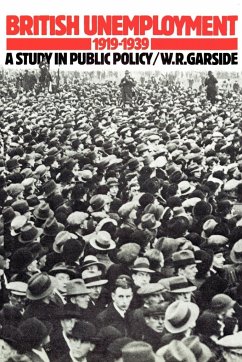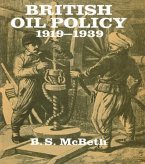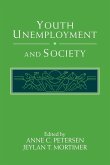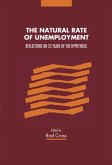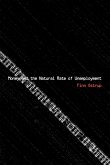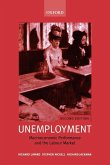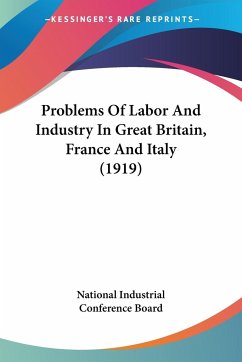This book is a comprehensive study of government reactions to the interwar unemployment problem. Drawing upon an extensive range of primary and secondary sources, it analyses official ameliorative policy towards unemployment and contemporary reactions to such intervention. In doing so, it highlights the struggle that emerged between conventional economic thinking and the calls made by radical economists, industrialists and politicians (including Keynes, Mosley and Lloyd George) for the state to play a more determinant role in economic recovery. There is detailed treatment of the nature and scale of interwar unemployment, regional policy and the complex history of unemployment assistance. In addition, careful study is made of the impact which unemployment had in influencing the conduct of public policy in related areas of economic concern, including industrial policy, overseas trade, colonial development, wage determination, labour supply and the content and purpose of monetary and fiscal policy.
Table of contents:
List of tables; Preface; Acknowledgements; Part I. Introduction: 1. The nature, causes and dimensions of interwar unemployment; Part II. The Labour Market under Strain: 2. Defensive action: unemployment relief and public assistance 1919-1932; 3. Means to an end: insurance, assistance and the categorization of the unemployed, 1932-1939; 4. In and out of the labour market: hours of work, pensions and the school-leaving age; Part III. The International Context: 5. On and off gold: unemployment, monetary policy and the exchange rate; 6. Trade, tariffs and the stimulation of exports; 7. Men, money and markets: the 'Empire solution' to unemployment, 1919-1931; Part IV. Structural Unemployment, Industry and the Regions: 8. Industrial revival and reconstruction; 9. Uneven development: regional policy, labour transference and industrial diversification; Part V. Macroeconomic Policy Options: Theory and Practice: 10. Pricing jobs: the real wage debate and interwar unemployment; 11. Relief or remedy? The development of public works policy, 1920-1932; 12. The limits of intervention: budgetary orthodoxy and the reduction of unemployment in the 1920s; 13. New deal or no deal? Fiscal policy and the search for stability, 1930-1939; 14. Conclusion; Bibliography; Index.
This book is a comprehensive study of government reactions to the interwar unemployment problem. Drawing upon an extensive range of primary and secondary sources, it analyses official ameliorative policy towards unemployment and contemporary reactions to such intervention.
This book is a comprehensive study of government reactions to the interwar unemployment problem.
Hinweis: Dieser Artikel kann nur an eine deutsche Lieferadresse ausgeliefert werden.
Table of contents:
List of tables; Preface; Acknowledgements; Part I. Introduction: 1. The nature, causes and dimensions of interwar unemployment; Part II. The Labour Market under Strain: 2. Defensive action: unemployment relief and public assistance 1919-1932; 3. Means to an end: insurance, assistance and the categorization of the unemployed, 1932-1939; 4. In and out of the labour market: hours of work, pensions and the school-leaving age; Part III. The International Context: 5. On and off gold: unemployment, monetary policy and the exchange rate; 6. Trade, tariffs and the stimulation of exports; 7. Men, money and markets: the 'Empire solution' to unemployment, 1919-1931; Part IV. Structural Unemployment, Industry and the Regions: 8. Industrial revival and reconstruction; 9. Uneven development: regional policy, labour transference and industrial diversification; Part V. Macroeconomic Policy Options: Theory and Practice: 10. Pricing jobs: the real wage debate and interwar unemployment; 11. Relief or remedy? The development of public works policy, 1920-1932; 12. The limits of intervention: budgetary orthodoxy and the reduction of unemployment in the 1920s; 13. New deal or no deal? Fiscal policy and the search for stability, 1930-1939; 14. Conclusion; Bibliography; Index.
This book is a comprehensive study of government reactions to the interwar unemployment problem. Drawing upon an extensive range of primary and secondary sources, it analyses official ameliorative policy towards unemployment and contemporary reactions to such intervention.
This book is a comprehensive study of government reactions to the interwar unemployment problem.
Hinweis: Dieser Artikel kann nur an eine deutsche Lieferadresse ausgeliefert werden.

